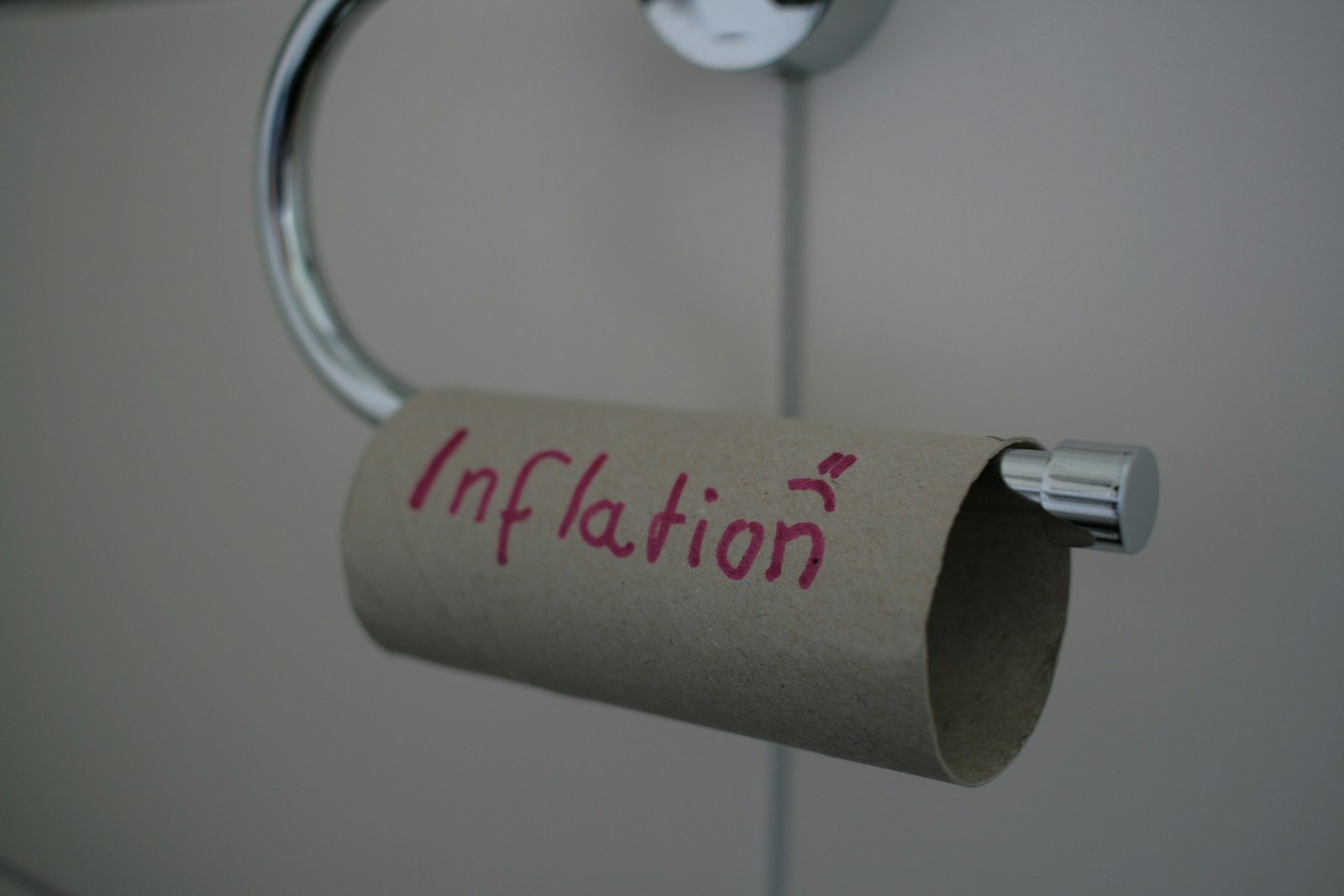Key Takeaways:
- Consumer prices rose 0.2% in April, matching economist expectations.
- This growth reverses March’s 0.1% decline in prices.
- Year-over-year inflation dropped to 2.3%, signaling cooling price growth.
- Businesses faced challenges adapting to President Trump’s unpredictable trade policies.
The U.S. economy saw a small increase in inflation last month, as prices for everyday goods and services edged higher. This comes as businesses struggled to navigate President Trump’s unpredictable trade policies, which have created uncertainty in the market.
Understanding April’s Inflation Data
The Labor Department reported that the consumer-price index (CPI) increased by 0.2% in April compared to the previous month. This growth aligns with what economists had predicted, offering a sense of stability after March’s 0.1% decline in prices.
Meanwhile, year-over-year inflation cooled slightly to 2.3%. This suggests that while prices are rising, the pace of growth is slowing down. For consumers, this means that the cost of living isn’t increasing as rapidly as it was in previous months.
Why Does This Matter?
Inflation is a key indicator of economic health. When prices rise too quickly, it can strain household budgets. On the flip side, too little inflation can signal slower economic growth. April’s numbers show that inflation is still within a moderate range, which is generally good news for the economy.
Business Challenges Amid Trade Uncertainty
The bigger story here is how businesses are coping with President Trump’s trade policies. Companies have been dealing with a rollercoaster of changes, from tariffs on imported goods to shifting trade agreements. This unpredictability makes it hard for businesses to plan for the future.
When trade policies change suddenly, companies may face higher costs for imported materials or uncertainty about future tariffs. These challenges can lead to higher prices for consumers or slower production.
What’s Next for the Economy?
As the economy continues to grow, all eyes will be on inflation. If prices rise too quickly, the Federal Reserve may step in to cool things down. For now, though, April’s data suggests that inflation is under control.
For businesses, the hope is that trade policies will become more stable. Until then, companies will need to stay flexible and adapt to changing conditions.
Wrapping It Up
April’s inflation data shows that prices are rising, but at a slower pace. While this is a positive sign for the economy, businesses are still grappling with the challenges of unpredictable trade policies. As the market continues to evolve, keeping an eye on inflation will remain crucial for understanding the economic landscape.

